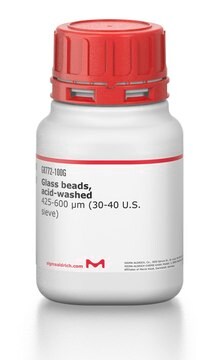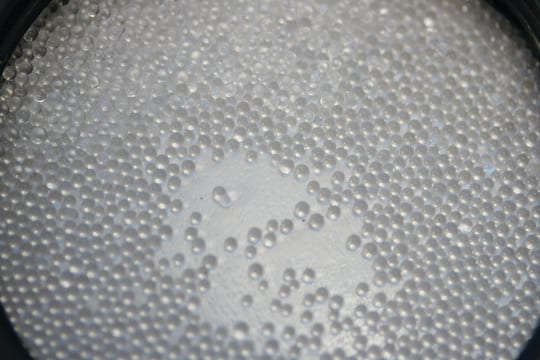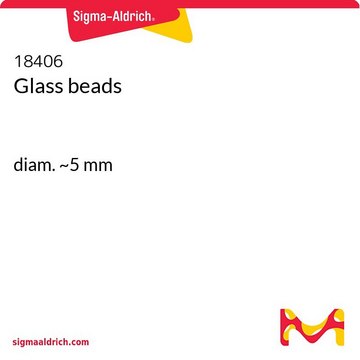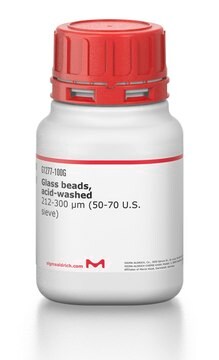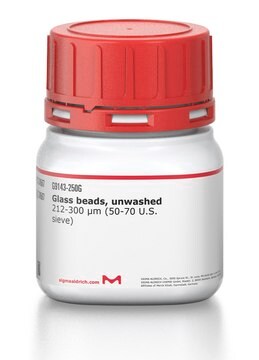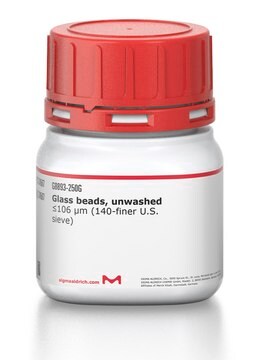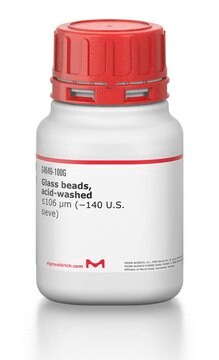Z273619
Solid-glass beads
borosilicate, diam. 1 mm
Synonym(s):
borosilicate beads
Sign Into View Organizational & Contract Pricing
All Photos(1)
About This Item
UNSPSC Code:
41102422
NACRES:
NB.43
Recommended Products
material
borosilicate
packaging
pack of 1 ea
diam.
1 mm
Looking for similar products? Visit Product Comparison Guide
General description
For use as distillation column packing, mixing beads, and boiling stones. Each 454 g box has a packing volume of approx. 360 cm3. +/-10% variation in bead size.
Storage Class Code
11 - Combustible Solids
WGK
WGK 3
Flash Point(F)
Not applicable
Flash Point(C)
Not applicable
Choose from one of the most recent versions:
Certificates of Analysis (COA)
Lot/Batch Number
It looks like we've run into a problem, but you can still download Certificates of Analysis from our Documents section.
If you need assistance, please contact Customer Support.
Already Own This Product?
Find documentation for the products that you have recently purchased in the Document Library.
Customers Also Viewed
William Soto et al.
Microbiology (Reading, England), 165(2), 174-187 (2019-01-17)
For micro-organisms cycling between free-living and host-associated stages, where reproduction occurs in both of these lifestyles, an interesting inquiry is whether evolution during the free-living stage can be positively pleiotropic to microbial fitness in a host environment. To address this
Pillai V Saranyan et al.
Comparative biochemistry and physiology. Part A, Molecular & integrative physiology, 206, 95-104 (2017-01-17)
This research investigated how ploidy level (diploid versus triploid) affects the heat shock protein (HSP) response in erythrocytes under different thermal stress regimes, both in vivo and in vitro, in Atlantic salmon (Salmo salar) and brook charr (Salvelinus fontinalis) in
Raffaele Colosimo et al.
Food chemistry, 330, 127252-127252 (2020-06-26)
Mycoprotein is a food ingredient from filamentous fungi rich in protein and fibre. This study investigated the protein bioaccessibility from the fungal cells by colourimetric assays in different mycoprotein formulations, following extraction methods and in vitro gastrointestinal digestion. The methods
Our team of scientists has experience in all areas of research including Life Science, Material Science, Chemical Synthesis, Chromatography, Analytical and many others.
Contact Technical Service
